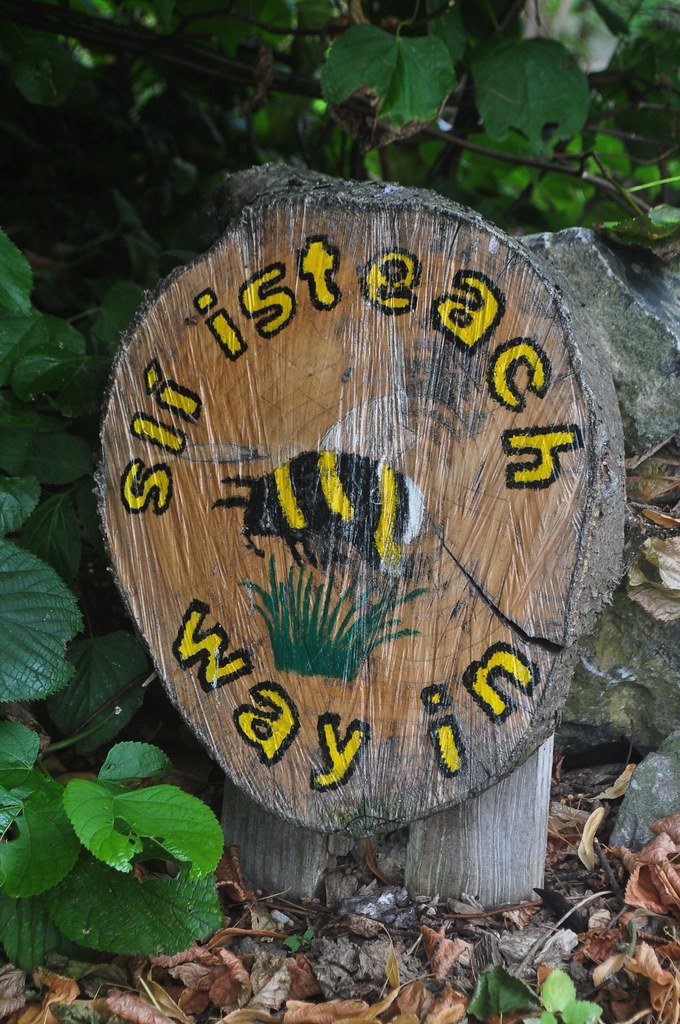
How to Create a Bee-Safe Sensory Garden
With a little planning and creativity, you can design a sensory garden that both delights and protects the bees. Incorporating a variety of colors, textures, and fragrances, while avoiding harmful chemicals, makes for a bee-friendly oasis that also appeals to human senses.
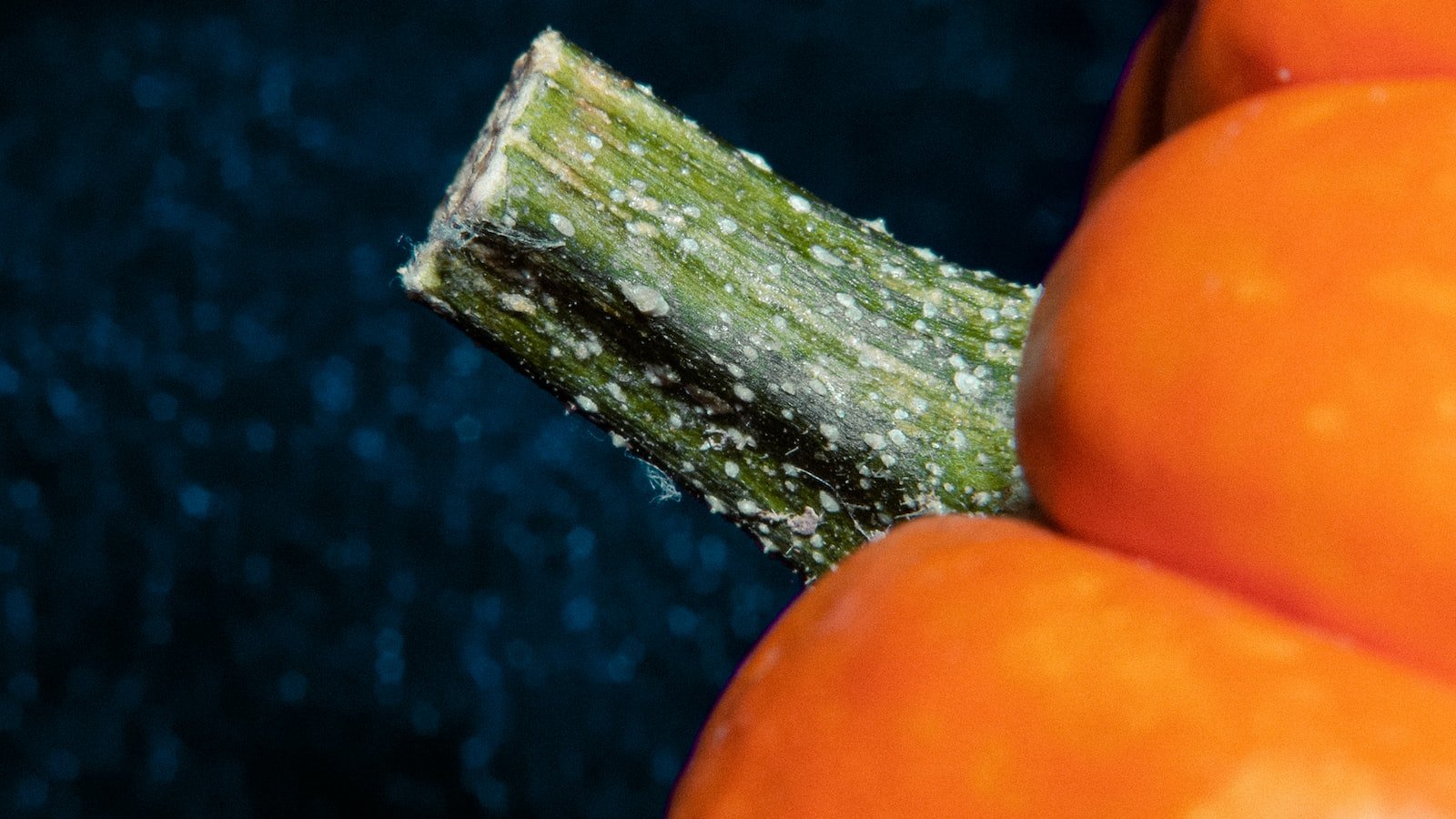
How to Use Vertical Planting for Bee-Friendly Spaces
Vertical planting is not just a trend; it's a creative way to create bee-friendly spaces. By utilizing walls, fences, and trellises, you can maximize your garden's potential and provide a vertical oasis for our buzzing friends.
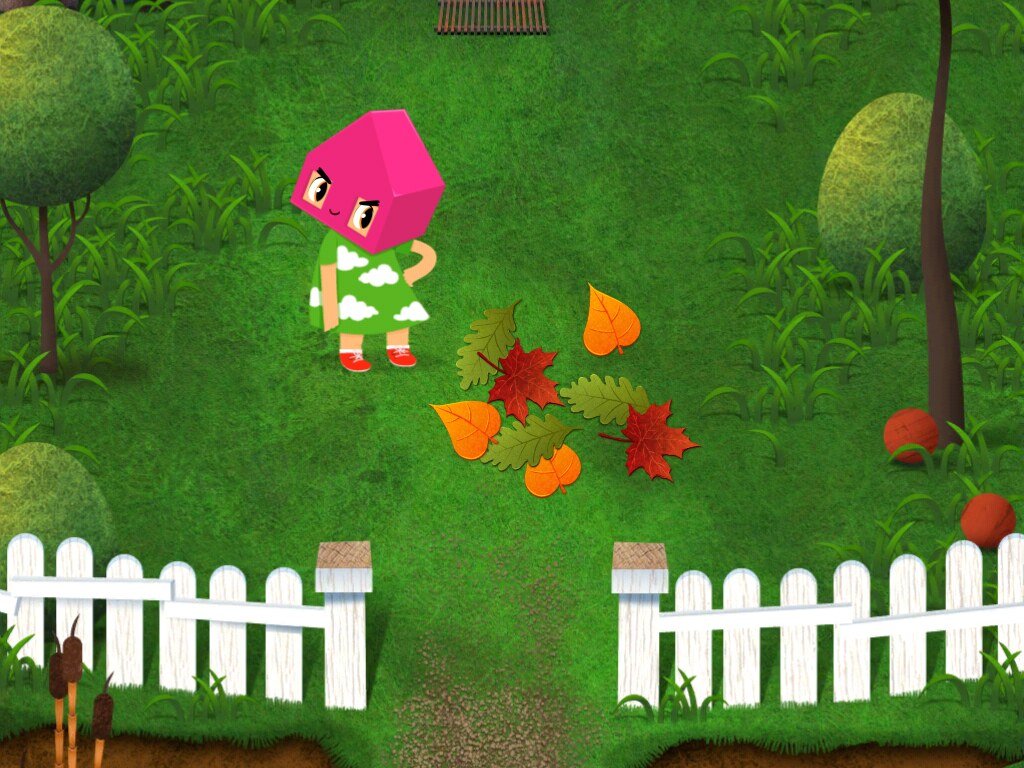
How to Use Garden Apps for Bee-Friendly Planting
Transform your smartphone into a buzzing tool for pollinator-friendly gardening with these garden apps. From identifying bee-friendly plants to tracking your garden's progress, these apps will guide you through the enchanted journey of creating a haven for our buzzing friends.
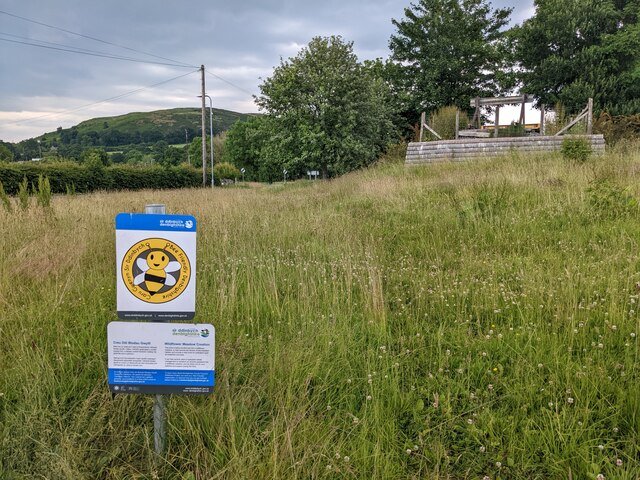
How to Create a Bee-Safe Meadow in Your Backyard
Transforming your backyard into a buzzing paradise for bees is not only an eco-friendly initiative, but also an opportunity to witness the wonders of nature up close. From opting for native wildflowers to avoiding harmful pesticides, discover the secrets of crafting a bee-safe meadow that will make your garden a haven for these essential pollinators.

How to Create a Bee-Safe Zen Garden
Designing a bee-safe zen garden may seem challenging, but it's a beautiful endeavor worth pursuing. Embrace natural elements, like native plants and water features, in your design to create a harmonious haven that both humans and bees can enjoy.
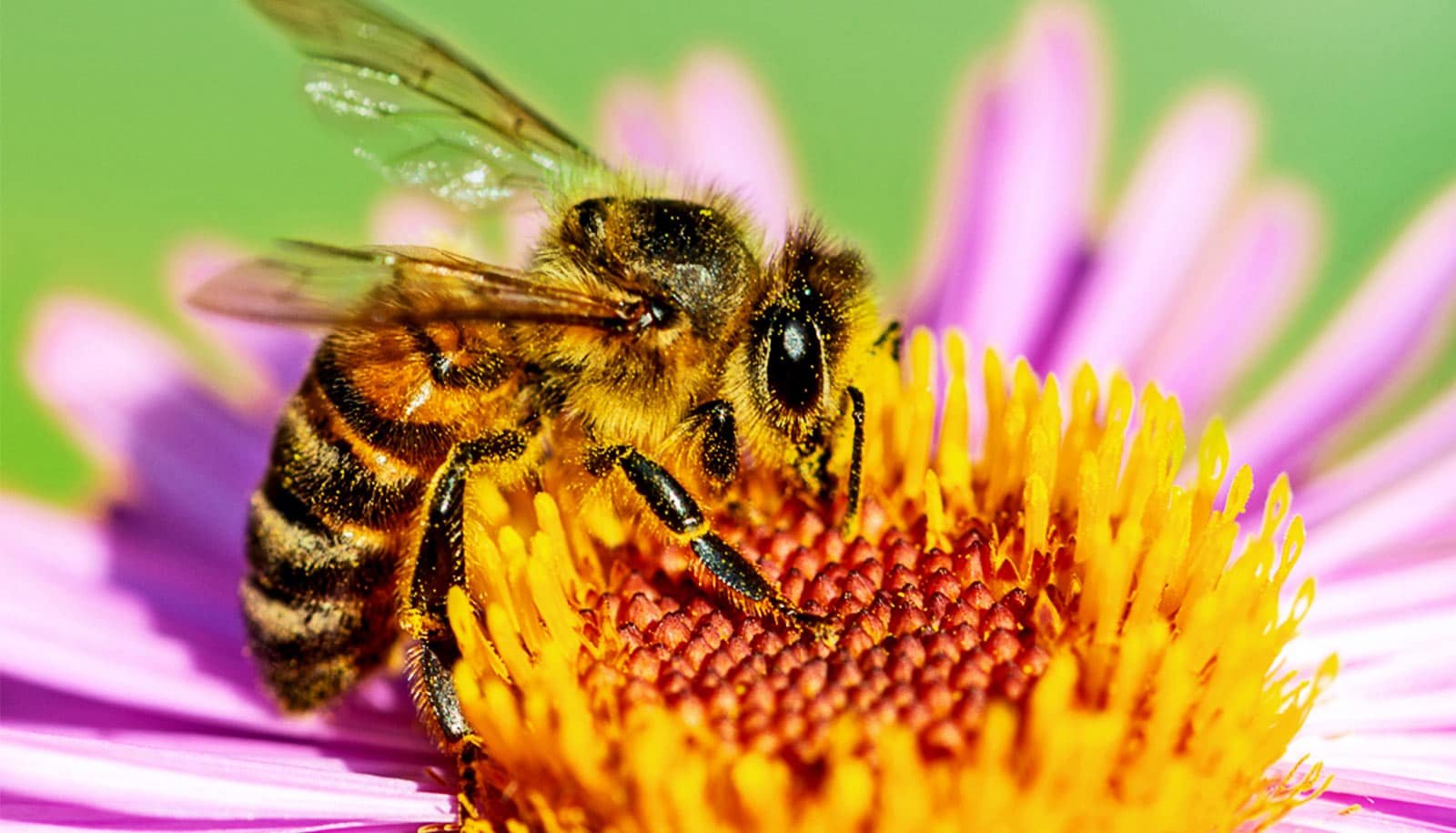
How to Create a Bee-Friendly Environment Around Your Hive
Create a bee-friendly haven by planting a variety of native flowers and avoiding harmful pesticides. Provide a clean water source and consider adding bee-friendly structures like bee hotels to enhance their habitat. A thriving bee environment awaits your green thumbs!
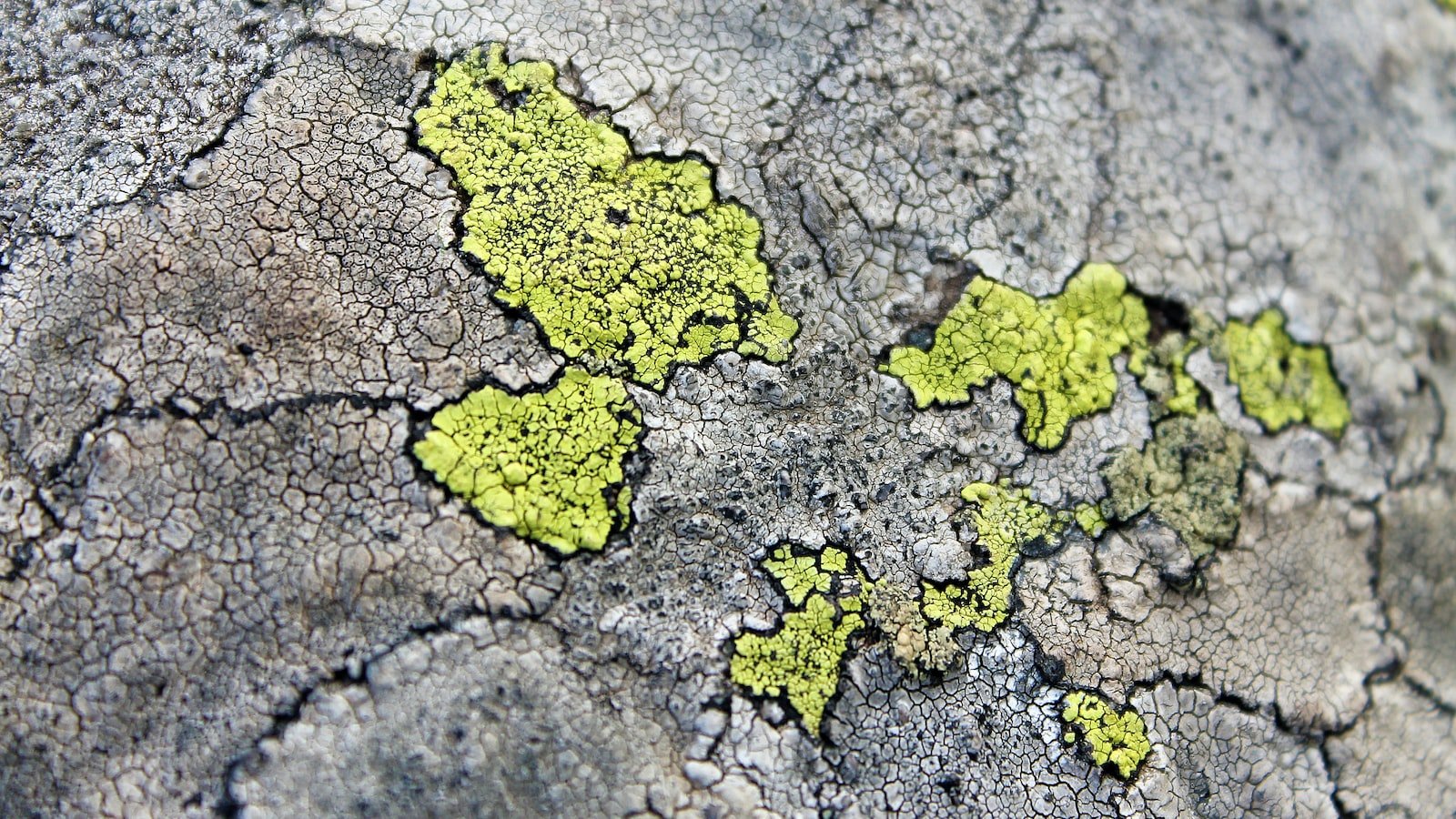
The Role of Moss in a Bee-Friendly Landscape
Moss, often brushed aside as a mere groundcover, plays a crucial role in fostering a bee-friendly landscape. Its soft and cushiony texture provides an ideal refuge for solitary bees, providing a safe space where they can build their nests and raise their young undisturbed.
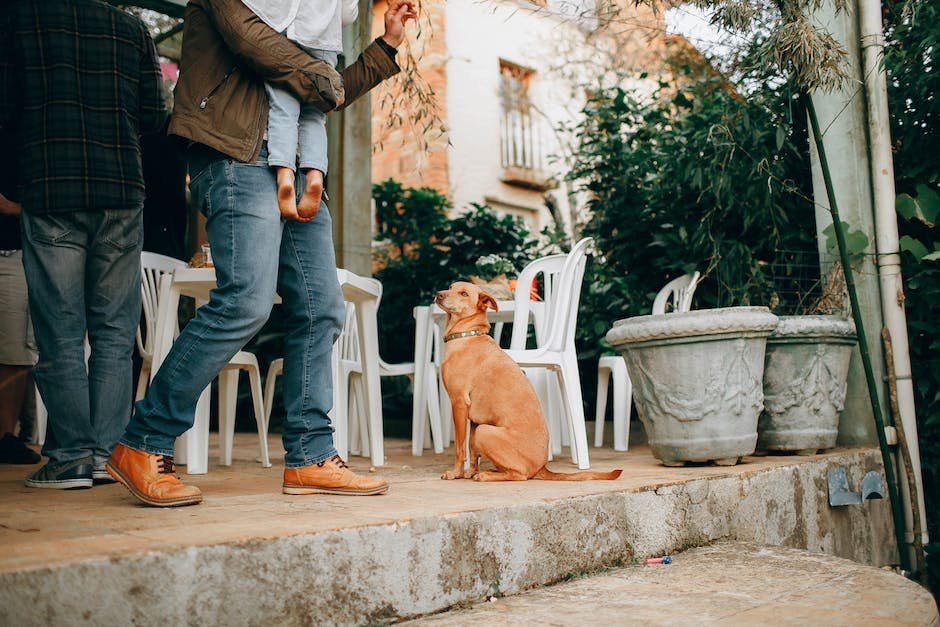
How to Create a Pollinator-Friendly Urban Garden
Transforming your urban garden into a buzzing paradise for pollinators is easier than you think - fill it with a diverse array of native plants, provide shelter and nesting spots, say no to pesticides, and watch as bees, butterflies, and hummingbirds dance among your vibrant blooms, creating a sustainable haven in the heart of the city.
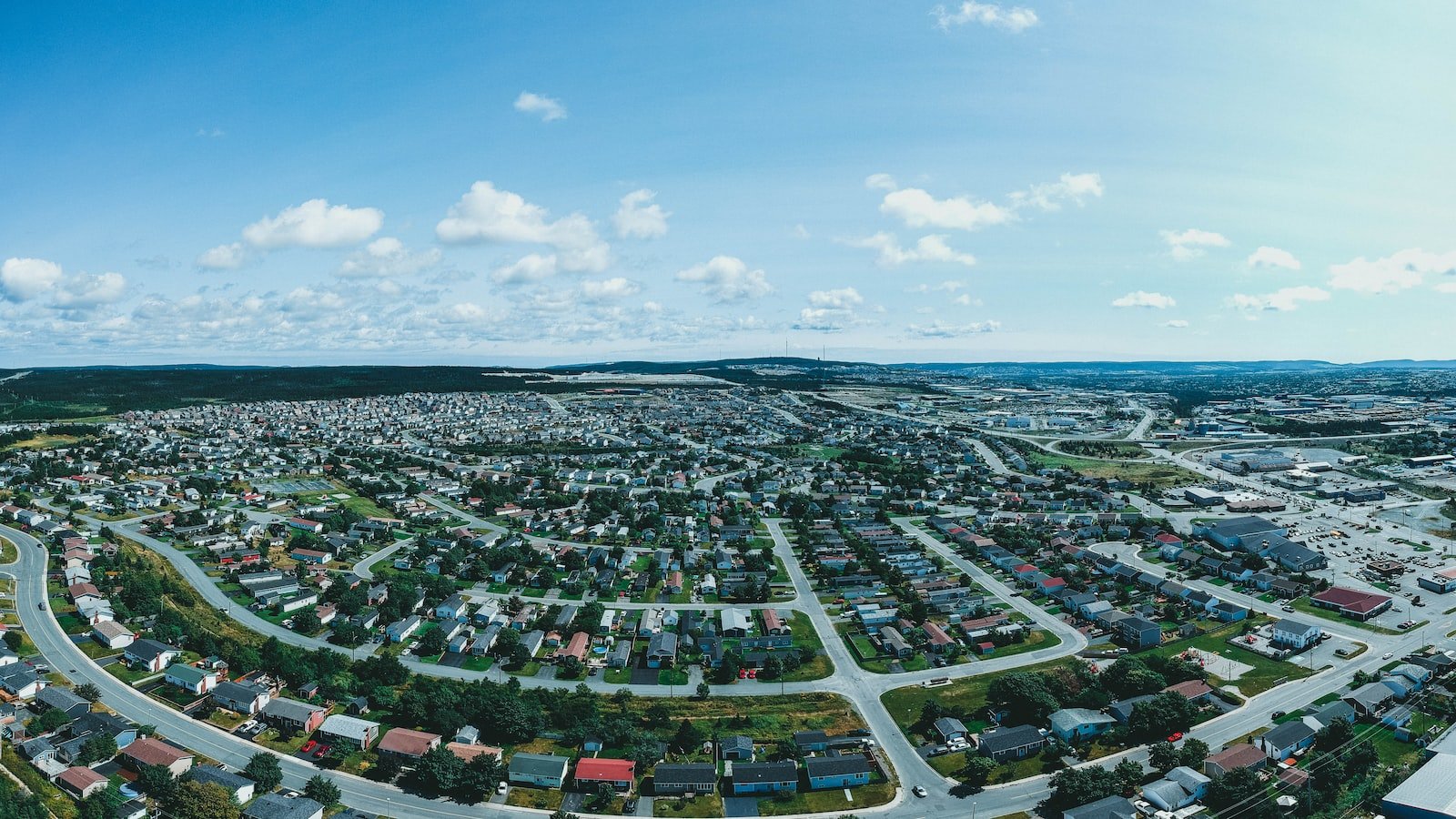
How to Create a Pollinator Paradise: Planting Tips for Bees
With a dash of creativity and a touch of green thumbs, you can transform your garden into a pollinator paradise buzzing with bees. From planting a variety of colorful flowers to leaving out fresh water sources, these simple tips will not only attract these industrious creatures but also play a vital role in supporting their dwindling populations.
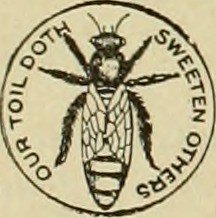
The Importance of pH Levels in Bee-Friendly Soil
As bees play a crucial role in pollination, maintaining bee-friendly soil is of utmost importance. pH levels in the soil greatly affect the availability of nutrients for plants, which, in turn, impact bee populations. Understanding and adjusting pH levels can help create an environment that supports the health and thriving of these essential pollinators.